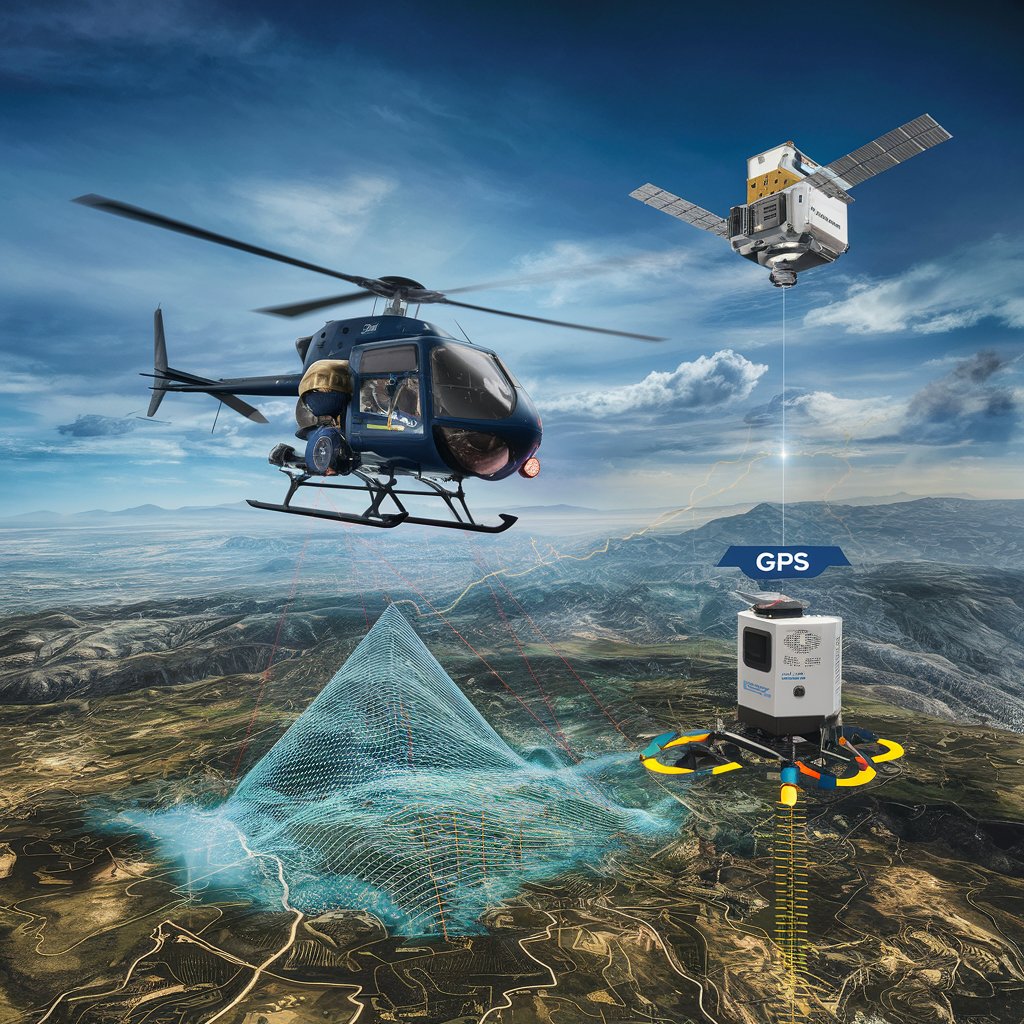The Light Detection and Ranging (LiDAR) market is on the cusp of significant growth and transformation. As industries increasingly recognize the value of high-resolution spatial data, LiDAR technology is finding applications across various sectors, including automotive, agriculture, forestry, and urban planning. This article explores the future of the LiDAR market, highlighting emerging trends and opportunities for growth.
Overview of the LiDAR Market
LiDAR technology uses laser light to measure distances and create detailed 3D maps of the environment. Its ability to generate precise topographical data makes it invaluable for various applications, from autonomous vehicles to environmental monitoring. The global LiDAR market is expected to witness robust growth, driven by technological advancements, increasing demand for geospatial data, and the expanding use of LiDAR in emerging applications.
The LiDAR industry is projected to grow from USD 1.6 billion in 2024 to reach USD 3.7 billion by 2029; it is expected to grow at a Compound Annual Growth Rate (CAGR) of 18.2% from 2024 to 2029.The growth of the LiDAR market is driven by surge in the demand for 3D imagery in application areas, rise in the development of smart cities and infrastructure projects, emergence of 4D LiDAR, rising adoption of LiDAR systems in UAVs.
Key Trends Shaping the LiDAR Market
1. Integration with Autonomous Vehicles
One of the most significant trends in the LiDAR market is its integration into autonomous vehicle systems. LiDAR sensors provide critical data for real-time mapping and obstacle detection, enhancing vehicle safety and navigation. As the automotive industry moves towards full autonomy, the demand for high-performance LiDAR systems is expected to surge, presenting substantial opportunities for manufacturers.
2. Advancements in Sensor Technology
Recent advancements in LiDAR sensor technology are improving accuracy, range, and resolution while reducing costs. Solid-state LiDAR systems are emerging as a game-changer, offering smaller, lighter, and more durable sensors suitable for various applications. These advancements will make LiDAR more accessible to smaller enterprises and promote its adoption across different sectors.
3. Growth in Aerial LiDAR Applications
Aerial LiDAR, which involves flying sensors over large areas to collect data, is witnessing significant growth. Applications in forestry management, agriculture, and urban planning are driving this trend. Aerial LiDAR provides comprehensive data for analyzing vegetation, monitoring crop health, and planning urban infrastructure, making it an essential tool for environmental management.
Download PDF Brochure @ https://www.marketsandmarkets.com/pdfdownloadNew.asp?id=1261

4. Increased Demand for Geographic Information Systems (GIS)
The integration of LiDAR data with Geographic Information Systems (GIS) is enhancing spatial analysis capabilities. The growing emphasis on smart cities and urban development is driving demand for accurate and up-to-date geographic information. LiDAR technology complements GIS by providing detailed elevation and terrain data, facilitating better decision-making in urban planning and environmental management.
5. Focus on Environmental Monitoring and Conservation
LiDAR is becoming increasingly important in environmental monitoring and conservation efforts. It allows for detailed mapping of forest biomass, vegetation health, and changes in land use. As climate change concerns grow, governments and organizations are leveraging LiDAR data for habitat assessment, disaster response, and natural resource management, creating significant opportunities for the market.
6. Emergence of New Market Segments
As LiDAR technology becomes more affordable and versatile, new market segments are emerging. Applications in construction, mining, and telecommunications are gaining traction. For instance, LiDAR is being used for construction site surveying, ensuring precision in project execution and safety compliance. The versatility of LiDAR opens up numerous avenues for growth across various industries.
7. Collaboration and Partnerships
Strategic partnerships between LiDAR technology providers, software developers, and end-users are becoming more common. These collaborations aim to enhance product offerings and create integrated solutions that address specific industry needs. Such partnerships are essential for driving innovation and expanding market reach.
Opportunities in the LiDAR Market
1. Expansion in Emerging Markets
Emerging economies are increasingly recognizing the value of LiDAR technology for urban development, infrastructure planning, and environmental monitoring. As these markets continue to develop, there is a significant opportunity for LiDAR providers to establish a foothold and expand their offerings.
2. Innovation in Data Processing Software
The rise of LiDAR technology has led to an increased demand for advanced data processing and analysis software. Companies that can develop innovative solutions for managing, visualizing, and analyzing LiDAR data will find substantial opportunities in the market.
3. Government and Military Applications
Government and defense sectors are leveraging LiDAR technology for various applications, including surveillance, reconnaissance, and disaster management. The continued investment in defense and infrastructure projects presents significant opportunities for LiDAR providers.
4. Integration with Internet of Things (IoT)
The integration of LiDAR technology with IoT devices is poised to create new opportunities for data collection and analysis. Combining LiDAR with IoT can enhance smart city initiatives, environmental monitoring, and asset management, leading to innovative solutions in urban planning and resource management.
The LiDAR market is on a trajectory of growth, driven by technological advancements and expanding applications across diverse sectors. As industries continue to recognize the value of high-resolution spatial data, opportunities will abound for companies that innovate and adapt to the evolving landscape. By focusing on emerging trends such as autonomous vehicles, environmental monitoring, and new market segments, stakeholders in the LiDAR industry can position themselves for success in the coming years. The future of LiDAR is bright, offering immense potential for those ready to embrace the change.

